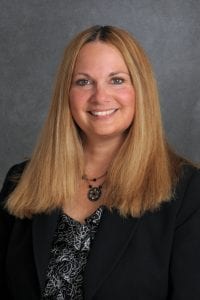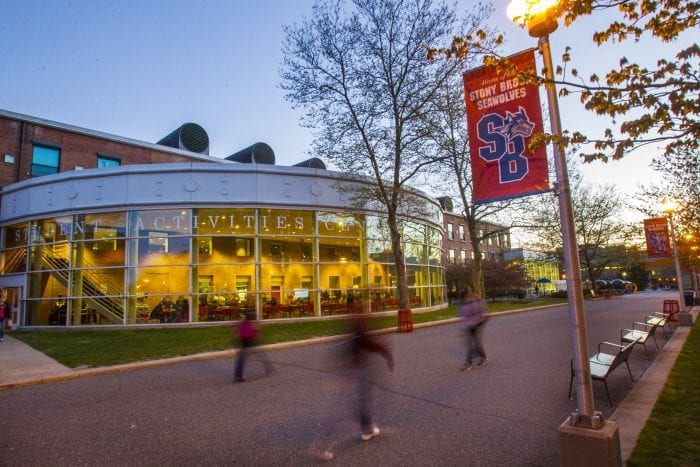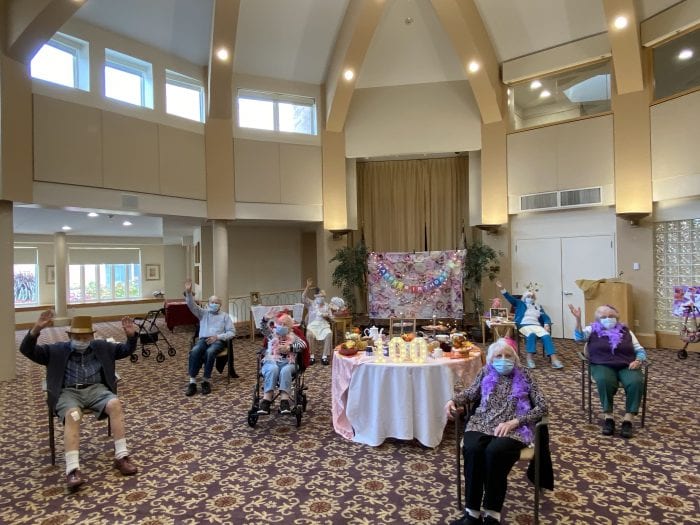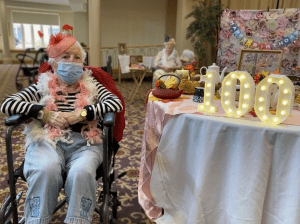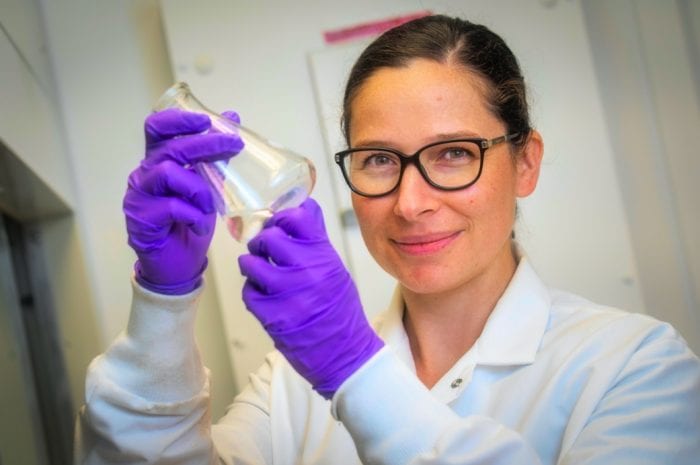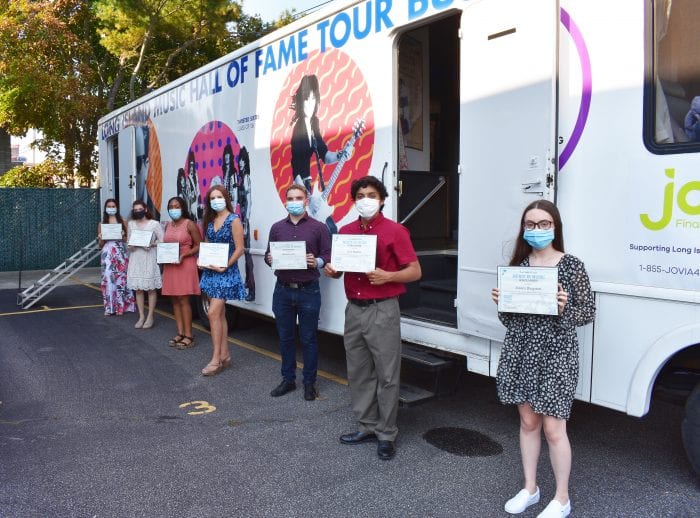A MUSICAL FUTURE
The Long Island Music Hall of Fame has announced the recipients of its 2020 student scholarships. This year LIMHOF acknowledged five students with the Distinction in Music award and an additional five students with the Merit in Music award for their accomplishments. All ten students are from Long Island and plan to pursue music studies in college.
This year’s applications came from all four counties and the winners represent Bayside, Brooklyn, Elwood, Franklin Square, Half Hallow Hills, Hampton Bays, Huntington, North Babylon, Roslyn Heights, Sayville, and Smithtown.
Students in Brooklyn, Nassau, Queens and Suffolk counties are eligible to apply for the scholarships. This program is in addition to other Education acknowledgements that the Long Island Music Hall of Fame sponsors, including the Music Educator of Note and the High School Recognition Awards.
LIMHOF is able to provide these scholarships thanks to support received from the Long Island music community and from Jill’s Dreams, a foundation established in the name of, and in memory of former LIMHOF Board member Jill Nees-Russell. For 2020, an additional memorial scholarship in honor of Len Rothenberg, a longtime friend of LIMHOF has been awarded.
LIMHOF commemorated each recipient’s dedication to music and support their college plans with an outdoor reception held in August where students were able to receive their awards, visit the Mobile Museum and celebrate their achievements.
“Long Island Music Hall of Fame is honored to have the opportunity to support and acknowledge accomplished high school seniors who are pursuing a future in music. There were many amazing candidates and our committee was honored to be able to recognize some additional students. The talent that exists on Long Island is something we at LIMHOF want to celebrate. In addition to following their own dreams, we believe these students will encourage and inspire others,” said LIMHOF Education Chairman, Tom Needham.
2020 Distinction in Music Scholarship winners included Melissa Mendel and Michael Golub:
Melissa Mandel
A graduate of Elwood-John Glenn High School in Elwood, Melissa attends the Berklee School of Music and plans to major in Music Performance and Music Management.
“Melissa is a talented and intelligent young woman, who is highly involved in our school’s music community. I have had the pleasure of having Melissa as a student for four years, and the unique experience of getting to know her in her most natural element; music. She has worked collaboratively with other musicians in the department while displaying leadership and a high level of personal responsibility for each project,” said Rachel Nagle, Melissa’s Choir Director.
“As a performer, Melissa is always looking to better not only herself, but the choir. She is a perfectionist and a team player. She looks for constructive criticism, applies, and adapts. She can do this as a musician, and as a student in general. Melissa is responsible, communicative and reliable,” she added.
Michael Golub
Michael Golub graduated Smithtown High School West and majors in music performance in college.
“Michael is an exceptional music student who is challenging himself and succeeding at every opportunity. He is highly committed as a musician and works diligently to achieve the upmost results. In my 25 year career, Michael is among the best music students I’ve heard. His excellence is marked by his high-quality coursework dedication community into compassion for his peers. Michael will certainly succeed at the next level and dominate in his musical career path” shared Smithtown High School West Chorus Teacher, Timothy Cassera.
Other winners were Allison Brook (Brooklyn Technical High School), Gabrielle Caine (Hampton Bays High School) and Esther Duclair (North Babylon High School).
2020 Merit in Music Scholarship winners included Samuel Abramson and José Suarez:
Samuel Abramson
Samuel Abramson graduates from Half Hollow Hills High School this month and will attend Ithaca College in the fall. He plans to major in Music Education.
Choral Director Dr. Danielle McRoy shared “Sam’s commitment to music and theater are a testament to the kind of dedication he possesses in everything in which he chooses to take part. He has become a true leader within the department, holding leadership roles in multiple organizations. What has impressed me most is his quiet dedication to grow and learn. His musical and vocal growth has been incredible.”
José Suarez
José Suarez graduated from Huntington High School this month and will attend Syracuse University in the fall. He plans to major in Music Education.
“José is not only a very talented musician, but his work ethic is second to none. Most days you will find him in the band room after school, practicing for one ensemble or another. He’s always prepared, self-motivated and always goes above and beyond. He is a mature performer with great technical proficiency expression and tone quality,” said his Band Director, Jason Giachetti. “In my AP music theory class, José was a leader and he developed a deep interest in music theory. José is incredibly passionate about and dedicated to music and will be quite successful,” he said.
Other winners were Shaun Gibbons (Sayville High School), Jessica Ringston (Carey High School Franklin Square), and Rachel Schlesinger from North Shore Hebrew Academy in Lake Success.
For more information about LIMHOF, visit www.limusichalloffame.org.
